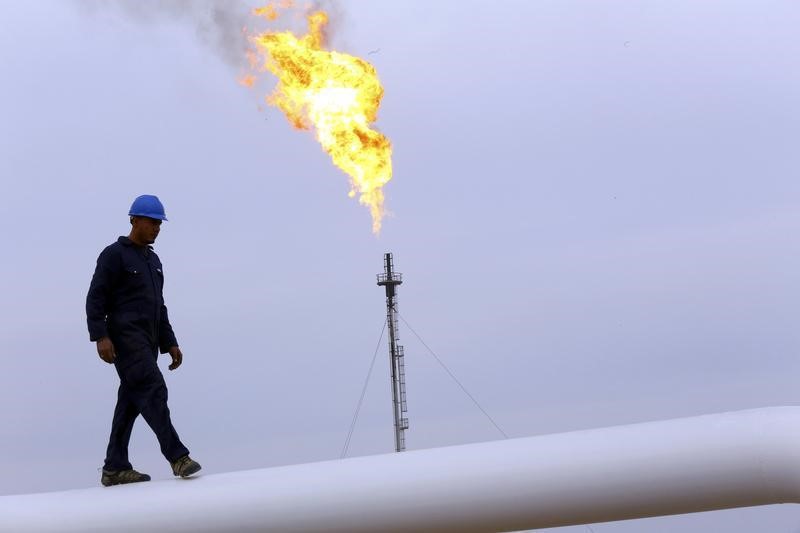Oil’s 2-week rally snaps on unexpected Russian supply, lingering U.S. worries By Investing.com


© Reuters.
By Barani Krishnan
Investing.com — Oil erased its January rally after crude prices posted their first weekly loss in three weeks and the second one for the month on reports of a surfeit of unexpected Russian supply headed for the market and signs that U.S. economic concerns were as important as bullish optimism over Chinese oil demand.
New York-traded West Texas Intermediate, or WTI, crude for settled Friday’s trade down $1.33, or 1.6%, at $79.68 per barrel. For the week, WTI fell 2.5% after a cumulative 11% rally in two previous weeks.
For the month, the U.S. crude benchmark fell 1%. It was a third consecutive month in the red for WTI, after a 0.1% slide in December and near 7% slump in November.
London-traded Brent crude for finished Friday’s session down 81 cents, or almost 1%, at $86.66 per barrel. Brent fell 1.1% on the week after rallying almost 12% over two previous weeks. For all of January, the global crude benchmark rose less than 1%, adding to December’s 0.5%.
Friday’s slump in crude prices, which basically turned oil into a losing bet for January, came amid a Reuters report that oil loadings from Russia’s Baltic ports were set to rise by 50% this month from December. The surge comes as sellers try to meet strong demand in Asia and benefit from rising global energy prices, traders said and Reuters calculations showed.
Bets that Chinese demand will help create record consumption of oil this year — despite an explosion of COVID infections forecast in the world’s largest crude importer — were offset by the notion that U.S. inflation remained uncomfortably high.
The Personal Consumption Expenditures, or , Index grew 5% in the year to December, versus an annual expansion of 6.8% in June, data reported by the Commerce Department on Friday and compared with historical references showed.
Core PCE, a reading of the index that strips out volatile food and energy prices, was up 4.4% in the 12 months to December versus 4.8% during the year to June.
Both of the headline and core inflation readings for December came in as forecast by Wall Street economists, who largely lauded the Fed’s efforts in curbing inflation with aggressive rate hikes over the past 10 months. But many also pointed out that the central bank had a lot more work to do in getting the economy to a soft landing instead of a recession.
“Today’s pivot turned what was supposed to be a green month for oil into a red one,” said John Kilduff, founding partner at New York energy hedge fund Again Capital. “I see WTI making a low of $74 next week despite next week’s OPEC+ meeting and the optimism bubbling over Chinese oil demand.”
OPEC+, which groups the Saudi-led Organization of the Petroleum Exporting Countries with 10 other independent oil producers steered by Russia, is to meet on Feb. 1 to decide its monthly production targets. After announcing an unexpected production cut of two million barrels a day that did not prevent a price collapse in December, the alliance is expected to roll over production targets for February.






